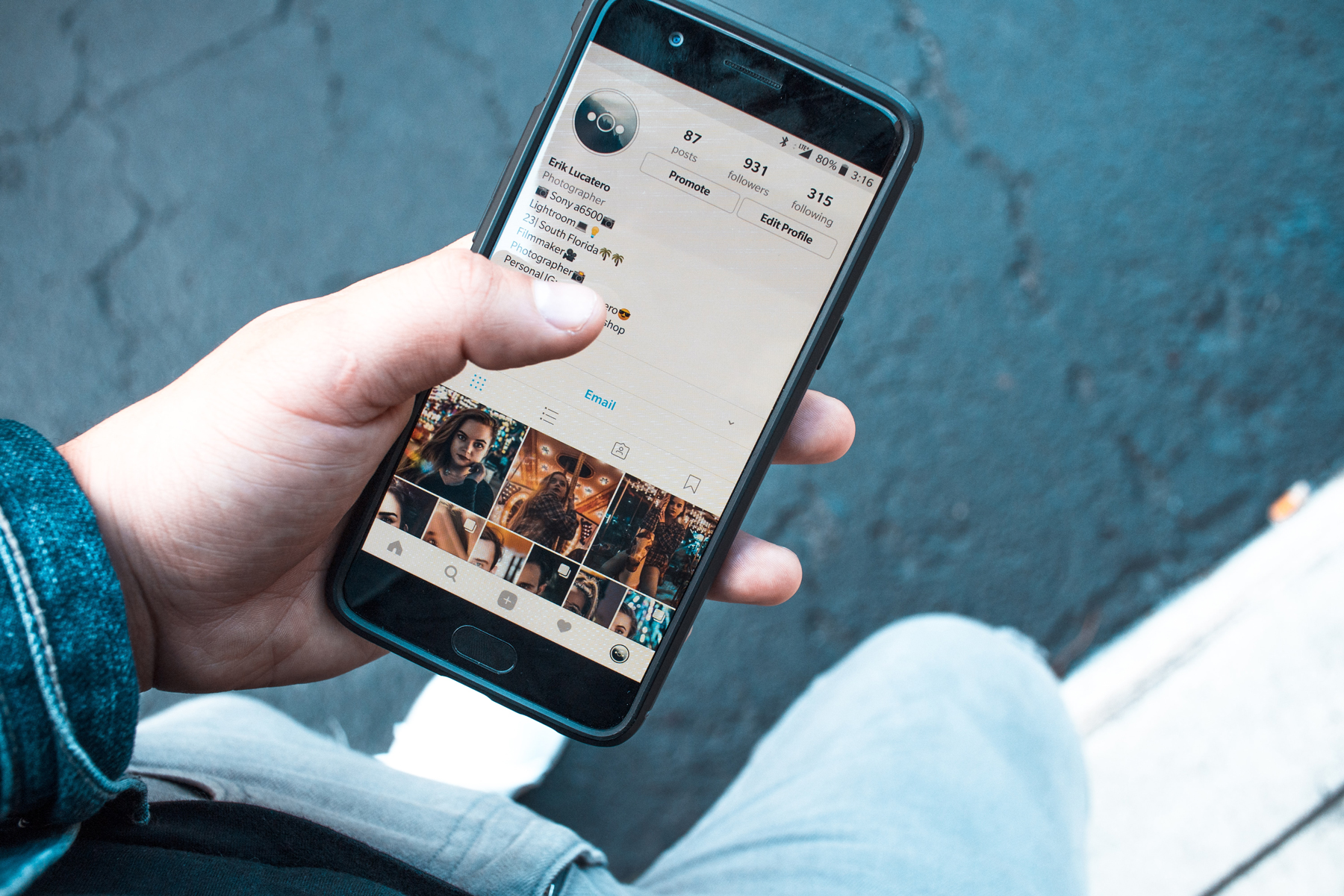We’ve all been there: You start watching your favorite influencer’s story and quickly realize it’s not the fun, interesting content you signed up for, but instead, an advertisement for a new detox tea that they may or may not have tried. Sponsored content has been slowly taking over social media apps, and influencers are willing to do or say whatever it takes to get a few extra dollars. As SponCon becomes more widespread, followers should hold influencers accountable and demand that they be more transparent.
So what exactly is sponsored content? SponCon is advertising through influencers on social media to directly connect with potential consumers. These paid partnerships can take the form of a Snapchat story, Instagram post, podcast shoutout, tweet, TikTok video or a YouTube feature. This content is being used by a wide variety of brands; some of the more popular ones include Invisalign, Boxycharm, SugarBearHair as well as many others. The brand-influencer Instagram sponsorships make up a billion-dollar industry that is only increasing as more brands reach out to micro influencers (those with only 1,000 to 100,000 followers).
As SponCon becomes more prevalent, viewers might be curious as to how much an influencer actually makes from one of these deals. According to an article from tinuiti.com, there are several factors that determine how much an influencer’s sponsored post is worth, such as the number of followers a person has, the amount of engagement an average post receives, the type of audience they cater to and how much effort the ad will require.
As a general rule of thumb, influencers usually charge $10 per 1,000 followers. However, celebrities like Kim Kardashian and her famous sisters have been known to charge upward of $500,000 for a single post. Most influencers choose to set their own rates, so it varies from person to person.
Whether the going rate is $10 or $1,000, is it ever OK for an influencer to be dishonest or sponsor an item they’ve never used? Transparency surrounding SponCon is an important concept for viewers to consider.
One influencer I follow, @smarterinasec, has opened up the discourse surrounding transparency with her sponsored posts. As an influencer, she feels that it’s important to let her followers know why she genuinely supports a product, how much she’s paid to promote the item and to answer any other questions her viewers might have. If any Instagram influencers were looking for tips, this would be a great place to start.
Influencers can be more transparent with their sponsored content by ensuring that their video or photo promotions are properly labeled with the hashtag #Ad and by making sure the sponsorship is listed at the top. More than that, influencers should communicate with their audiences more openly about what the partnerships are asking of them.
Is the company asking them to try an item and talk about their experience? Or is the brand giving the influencer a script about why their viewers should consume the product? Understanding the behind-the-scenes of SponCon is important to the audience’s experience with the user. Individuals put a lot of their trust in the person making recommendations and want to know that the product in question will help them or bring joy to their lives.
In not-so-rare cases of SponCon gone wrong, influencers will promote an item or program that they haven’t actually tried themselves or that goes against their beliefs. One example of false promotion of an item occurred in 2015 when Kim Kardashian advertised a product named Diclegis, which is a drug that treats morning sickness during pregnancy. Not only did the mogul fail to mention the dangerous side effects of the drug, but she had also never tried the product for herself. Like many other influencers, Kardashian was more interested in the paycheck than the general well-being of her followers.
Some influencers who claim to be vegan have also reportedly promoted nonvegan products on their social media accounts. With SponCon on the rise, influencers have a bigger responsibility to go beyond posting interesting content and make sure they are promoting trustworthy products that align with their values. After all, watching misleading SponCon not only takes the fun out of following certain influencers; it can also ruin your experience on the app.
In an effort to make social media platforms a more reliable space for audiences, the Federal Trade Commission (FTC) released an updated set of regulations in the spring of 2017 that outlines the rules for posting sponsored content and the possible consequences if an influencer posts something deceptive or unlabeled. While the transparency of SponCon might not be the biggest deal, violating these mandates can result in the suspension of the account or the pursuit of further legal action.
As more and more people venture into the field of sponsored partnerships on Instagram, being aware of the FTC guidelines and making it a goal to be transparent with viewers can go a long way. Influencers can gain more followers, receive more engagement on their posts and form lifelong relationships with the brands and viewers by being honest. Audiences are more likely to trust an influencer who regularly uses the product, is an expert in the field of the item they are promoting and who discusses what goes into a sponsored post.
While it’s the responsibility of these brand partners to bring transparency to their platform, viewers can also encourage their favorite celebrities or influencers to be more sincere with their sponsored content. A few ways to do this include commenting on questionable posts asking if it is an ad or by DMing the influencer about what goes into their sponsorships. Another way to encourage transparent SponCon on Instagram is to unfollow influencers whose posts are deceitful or ambiguous in nature. The “unfollow” button is one of the greatest powers of social media.
In a time when Instagram marketing is the next “big thing,” influencers can both use their platform to help others and also get paid for it. Influencers should be honest about their sponsorships, not because of FTC guidelines or the possibility of increasing their follower count, but because they genuinely want to connect others with products they use and like. To ultimately improve the experience individuals have on social media, it is imperative that brand partners think about more than a paycheck and promote items that can add value to the lives of their followers.


















I completely agree with this perspective! It’s so important for influencers to be transparent about sponsored content. Transparency builds trust with their audience, and honesty should always be a priority. It’s time for influencers to set a higher standard!
I completely agree with your points! It’s frustrating to see influencers promoting products without transparency about sponsorships. Honest communication not only builds trust but also helps followers make informed decisions about what to support. Thanks for bringing attention to this important issue!
I completely agree with your perspective! It’s crucial for influencers to be transparent about sponsored content. Authenticity builds trust, and when followers feel misled, it damages the credibility of both the influencer and the brands they promote. Let’s hope more creators take this to heart!
Absolutely agree! Transparency in sponsored content is crucial for maintaining trust with audiences. Influencers have a responsibility to be upfront about their partnerships. It’s time for the industry to prioritize authenticity over aesthetics.
I completely agree with this post! It’s frustrating to see influencers promoting products without full transparency about sponsorships. Honesty is crucial, and I appreciate when creators are upfront about their partnerships. It builds trust with their audience and leads to more genuine recommendations.
I completely agree with this perspective! It’s frustrating to see influencers promoting products without full transparency. Honesty about sponsorship would not only build trust with their audience but also elevate the overall authenticity of social media. Thanks for shedding light on this important issue!
I completely agree! Transparency in sponsored content is crucial for maintaining trust with followers. Influencers have a responsibility to be open about their partnerships, as it not only affects their credibility but also impacts consumer choices. Let’s hope more influencers prioritize honesty in their content!